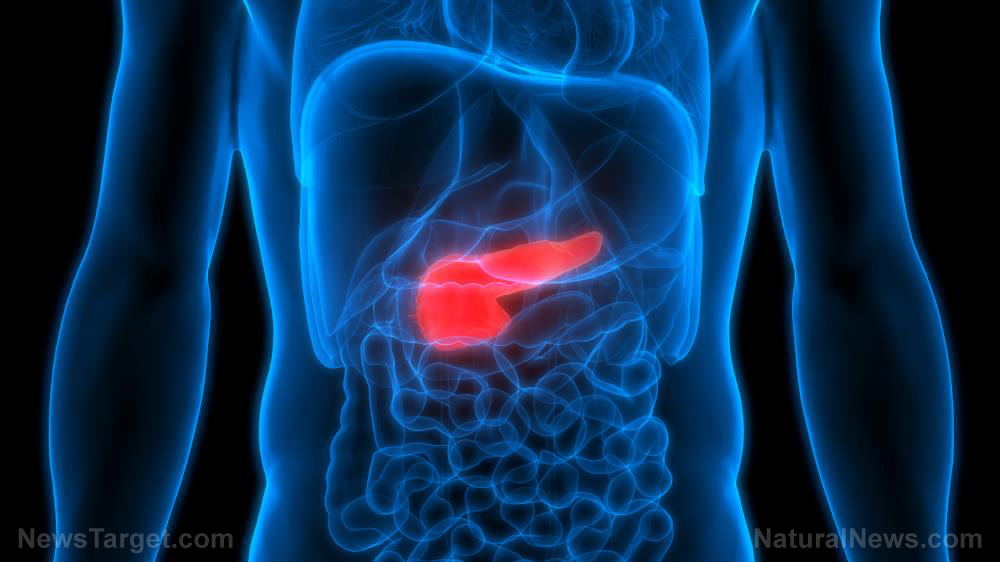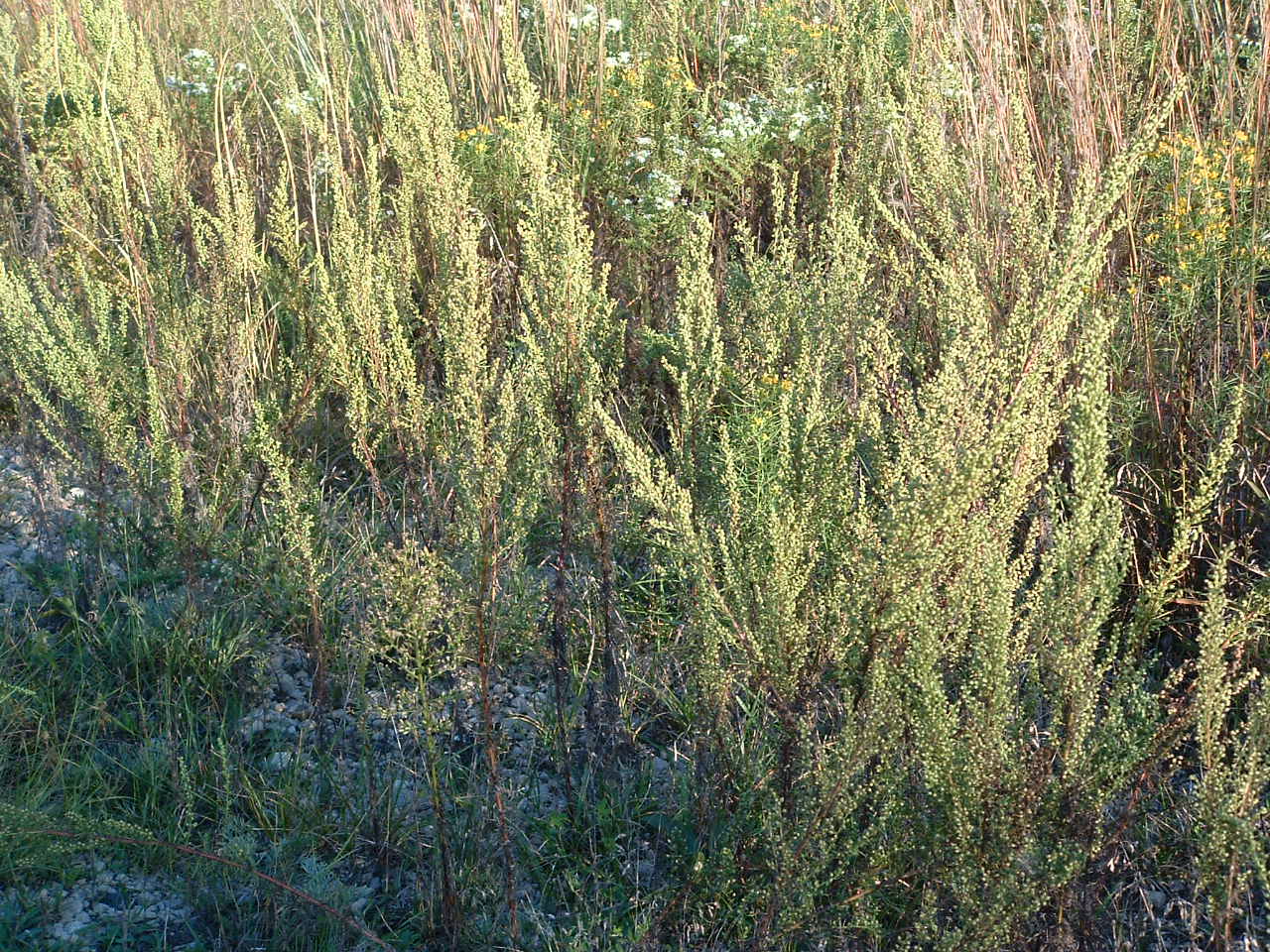Scientists study an alternative approach to treating pancreatic cancer
11/01/2018 / By RJ Jhonson

Pancreatic cancer is one of the deadliest types of the disease in the world, but it is also among those that are hardest to treat. Past research into the effectiveness of thermal ablation as a means of killing pancreatic cancer cells inspired the authors of a recent study, one published in the journal Liver and Pancreatic Sciences, to determine if a derivative approach would yield better outcomes.
The American Cancer Society estimates that more than 55,000 people will be diagnosed with pancreatic cancer in a year in the U.S. alone – more than 44,000 will die of the disease within the same period. By itself, the disease is deadly, but the fact that it’s very difficult to treat effectively contributes to the yearly death toll.
Early detection is crucial to effective cancer treatment, but pancreatic cancer is remarkably hard to diagnose during its early stages. Screening tests for it do not work all the time and its symptoms do not appear until the disease has become too advanced for treatment through surgery.
Furthermore, pancreatic cancer tends to metastasize early. Because the pancreas is located right at the junction of several important bodily organs — including the liver, intestines, and gallbladder — tumor cells have a high likelihood of spreading to these organs and causing more severe damage. This also means that even when the cancer is treated, there is a high probability of it recurring.
Chemotherapy is the go-to treatment for almost any kind of cancer in conventional medicine, but pancreatic cancer cells tend to have a high resistance to chemo drugs. Scientists are, thus, looking at several alternative treatments for the disease, one of which is thermal ablation.
Thermal ablation is an often non-invasive procedure that uses heat to kill tissues, such as cancer cells. This could be done through the application of high (hyperthermia) or low (hypothermia) temperatures. The heat or cold is applied to a focal point on the tumor itself or around it, leading to the death of its cells.
The authors of the study wanted to compare the effectiveness of heating, freezing, or a combination of both on pancreatic cancer cells. They took cancer cell lines PANC-1 and BxPC-3 and subjected them to heating (45 to 50 degrees C), freezing (-10 to 120 degrees C), or dual thermal ablation (DTA), a method where the tumor is exposed to both high and low temperatures at succeeding intervals.
To determine how quickly the said methods caused cell death, the researchers examined cellular viability over a seven-day recovery interval. They used fluorescence microscopy and flow cytometry to uncover the modes of cell death.
What they learned was that DTA caused greater cell destruction at a faster rate than did the single thermal modalities. In particular, the approach was able to kill more cancer cells on the first day than single thermal modalities and was able to exterminate all cancer cells by the third day.
According to the authors of the study, these results prove that DTA is a more useful approach for treating pancreatic cancer than single thermal modalities.
What are the signs and symptoms of pancreatic cancer?
Early detection of pancreatic cancer can save lives. Although the following signs and symptoms may point to another disease entirely, they should prompt one to visit the doctor just in case:
- Jaundice or yellowing skin and eyes
- Dark-colored urine
- Light-colored or greasy stools
- Itchy skin
- Pain in the back or belly
- Loss of weight or appetite
- Nausea and vomiting
- Enlargement of the liver or gallbladder
- Abnormal blood clots
- Abnormal fatty tissue buildup
- Diabetes
As mention previously, pancreatic cancer is hard to detect using conventional screening methods. A family history of cancer increases one’s risk of developing the disease, so regular checkups with a health professional are essential for ensuring pancreatic health and, potentially, early diagnosis. (Related: Being deficient in magnesium increases your risk of pancreatic cancer by 76%.)
Visit Cancer.news for more information on pancreatic cancer and other forms of the disease.
Sources include:
Tagged Under: alternative cancer treatment, alternative medicine, dual thermal ablation, pancreatic cancer



















